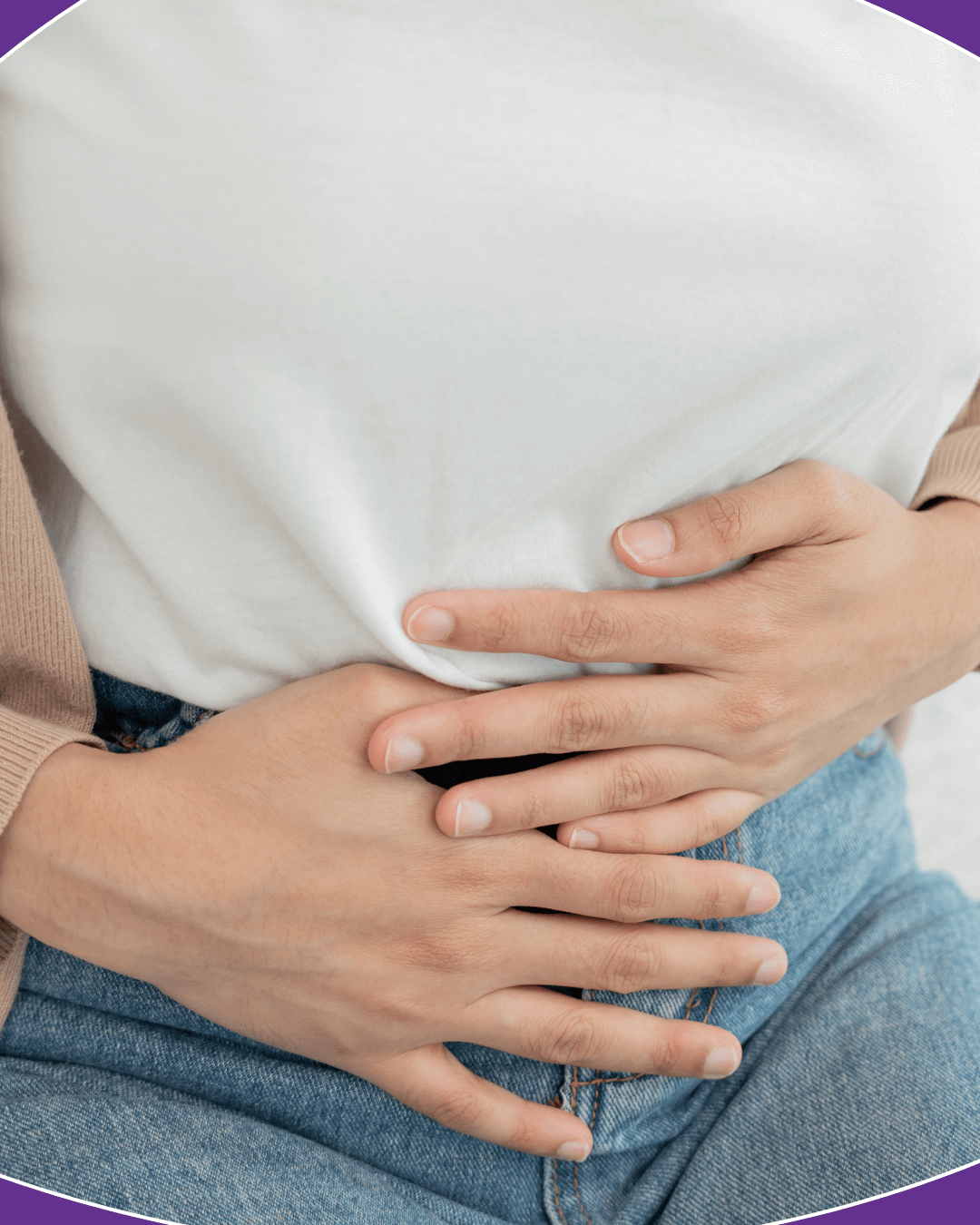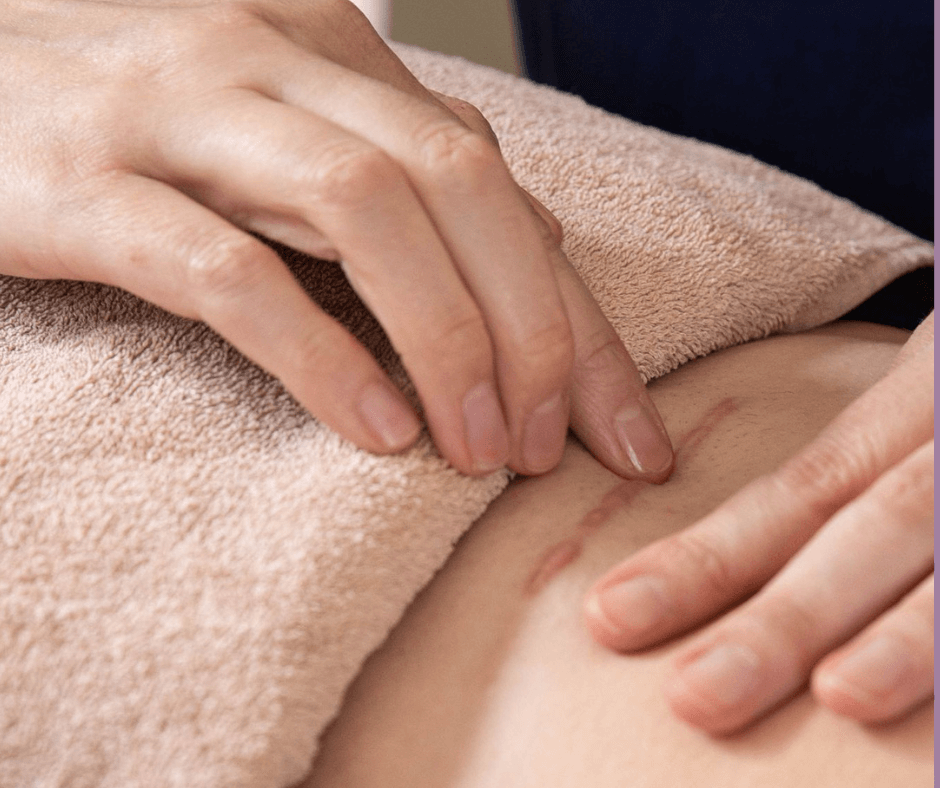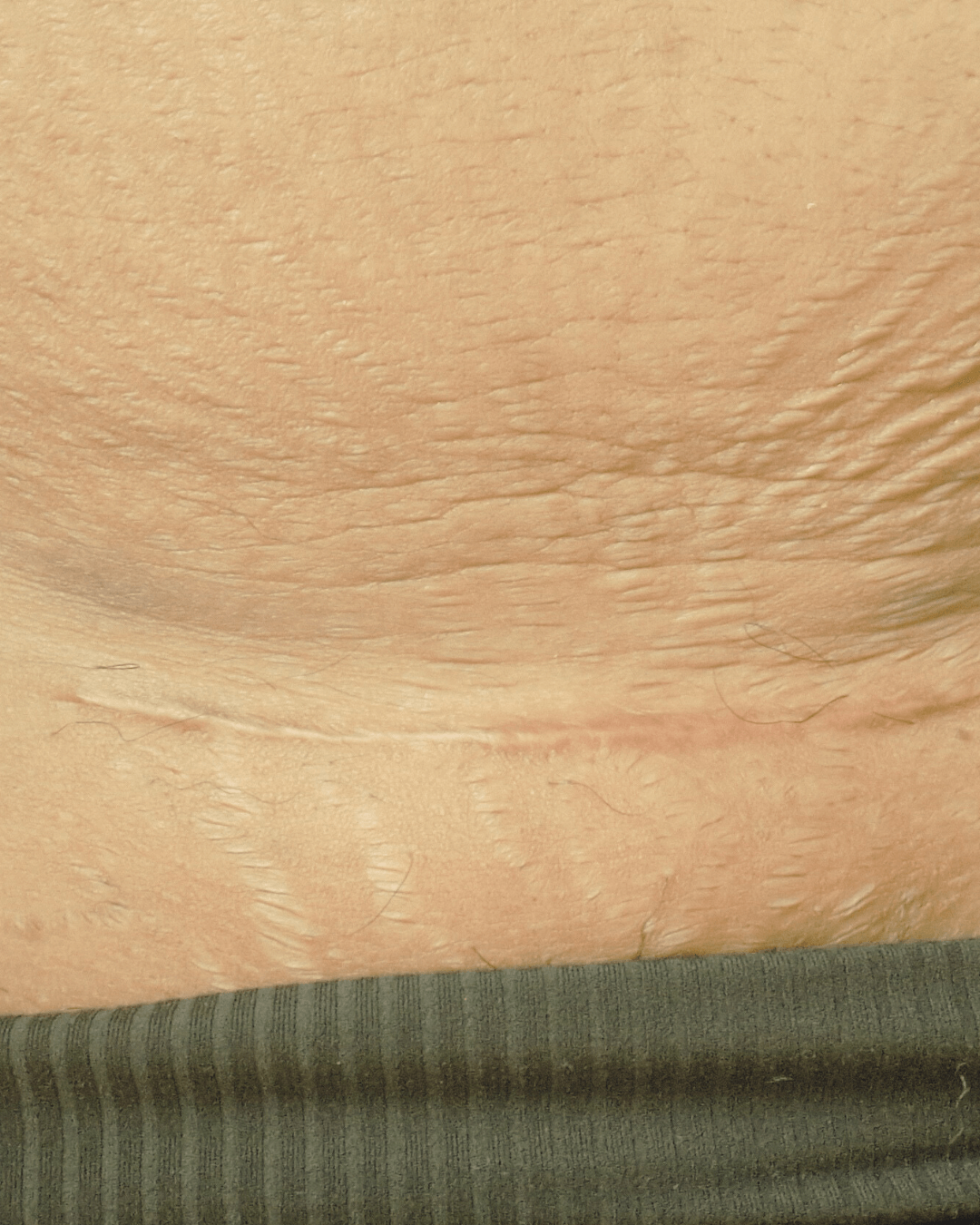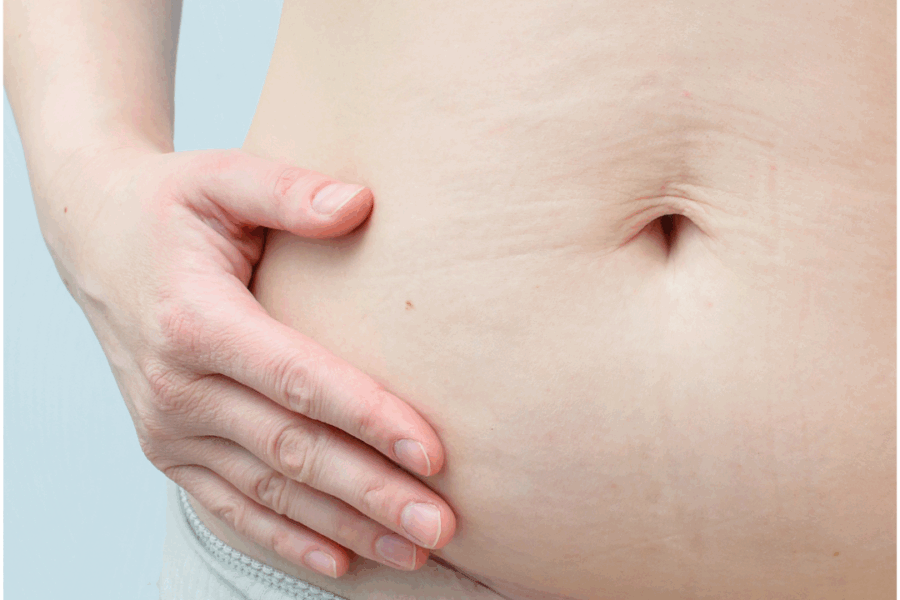
If you’ve had a C-section, you’ve probably heard all sorts of advice — some helpful, some not so much! As a physiotherapist (and someone who’s worked closely with many women after birth), I’ve noticed there are a few common myths that can make recovery more confusing or even hold people back from feeling their best.
Let’s clear up some of the most common ones together.

Myth 1: Once the scar heals, that’s it — you can forget about it.
It’s easy to think that once your scar looks healed on the outside, everything underneath must be fine too. But often, deeper layers — like the fascia or muscle — can still feel tight, numb, or “stuck.”
I often hear women say things like, “I didn’t realise this pulling feeling was from my scar!”
The good news? Gentle scar therapy and movement work can help those layers move more freely again, improving comfort, mobility, and even sensation.

Myth 2: You shouldn’t touch your scar.
Many women are told to just “leave it alone,” which can make you feel nervous about even looking at it. Once your healthcare provider confirms your scar has healed properly, gentle touch can actually be really beneficial.
Scar massage and soft tissue work — guided by a physiotherapist trained in scar therapy — can help reduce sensitivity, improve circulation, and help you reconnect with your tummy area again.

Myth 3: Pain or tightness is just something you have to live with.
A little discomfort early on is normal, but ongoing pain, pulling, or numbness isn’t something you should have to accept. These are signs your scar might need a bit more care.
With the right treatment — things like scar therapy, movement retraining, and desensitisation techniques — it’s absolutely possible to feel more comfortable in your body again.

Myth 4: The scar only affects your tummy.
Your scar might be on your tummy, but its effects can reach further than you’d think. The abdominal wall connects to your back, hips, and pelvic floor — so tightness around your scar can sometimes show up as back pain, hip stiffness, or even bladder symptoms.
That’s why looking after your scar can have a positive ripple effect throughout your whole body.
A few final thoughts
Your C-section scar is part of your story — but it doesn’t have to be a source of discomfort or disconnection. With the right guidance and support, you can help your body heal well from the inside out.
If you’re curious about C-section scar therapy or wondering whether your scar might benefit from treatment, feel free to get in touch. I’d be happy to chat about how physiotherapy can help you feel more at ease and confident in your postnatal body again.




